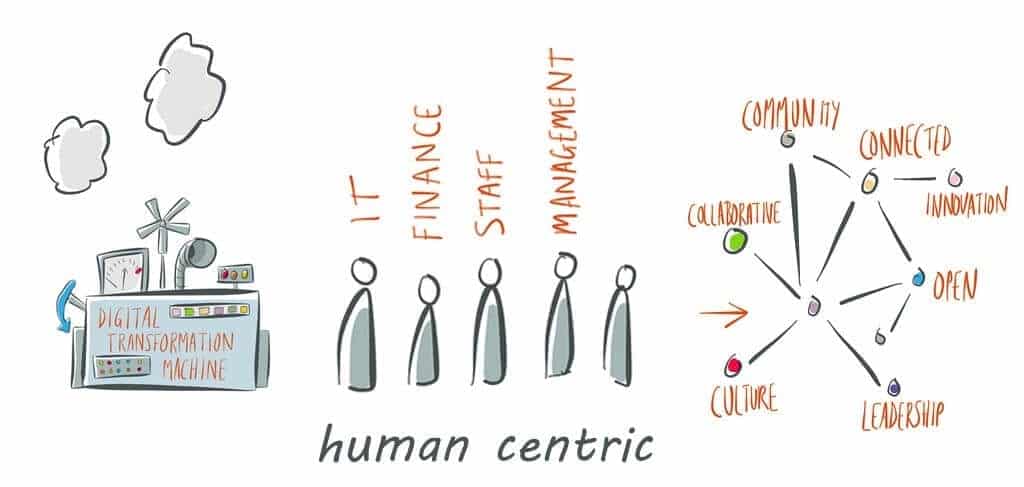In order to adapt to the various issues related to the economic and business upheavals we are experiencing today, the development of action plans in the field aligned with the strategic vision is a major asset. And this is even more true in times of transformation. To prevent the execution of your strategy from ending in failure, it is necessary to think about a new organization of work. This constitutes a true link between the corporate vision and its operational application. We give you some ideas for improvement.
Strategic vision/field actions: a necessary alignment
If you recognize yourself in the following situations, it means that your strategy is not yet clear to your teams:
- Decisions seem to be made by top management (top-down), but are not followed up on the ground.
- Priorities are unclear on key investments.
- The company is teeming with initiatives: multiple projects are launched, little carried out and it becomes difficult to distinguish the strategic, the important or the optional.
It is therefore time to align your vision with the field objectives, at the risk of losing efficiency. Aligning strategy and goals means that the whole company is pulling in the same direction. According to a study by Norton and Kaplan, 95% of employees do not understand their company’s strategy. A lack of transparency and communication is, among other things, at the origin of the failure of certain strategies. In many cases, the strategy itself is not the problem, it is how it is communicated and therefore executed that is at issue. When managers and team members do not share a common vision, inertia inevitably develops.
Another study, conducted by McKinsey on 15,000 companies, shows a strong correlation between organizational health and performance, especially over time. It introduces the need to change the managerial and organizational model to make the flow of information more fluid and to engage teams more.
Organization and management at the service of alignment

Aligning the strategy with the field also involves reviewing management methods. It is time to think collaboratively and adopt transparent communication. You will precisely evolve your managers towards a role of facilitator, and no longer of order giver. Here again, the wallboards make it possible to clearly display the objectives, the progress of the action plans, the good practices, but also the failures. To do this, do not hesitate to organize regular briefs, to encourage your teams to take the lead in meetings, to modify action plans if necessary…
The strategy/actions alignment is a constantly evolving process: you have to anticipate the market, respond to it by implementing new tactics, always involving the teams in the process. You will therefore ensure that you constantly identify and correct misalignments, to improve performance and not slow down the dynamics.
Do not hesitate to communicate massively, to disseminate good practices, to establish transparency between your teams. Managers must make the link between employees and general management. They also have to lead by example…





